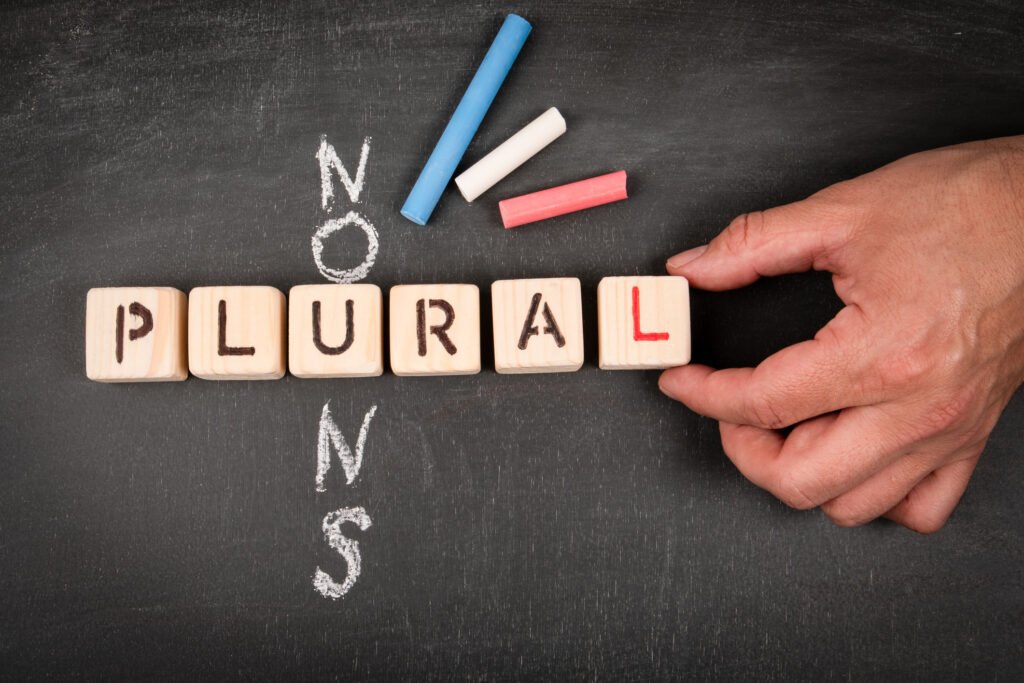
In grammar, “plural” refers to the grammatical number category used to indicate more than one person, thing, or entity. It contrasts with the singular, which means a single person, thing, or entity. Plurality is a common feature in many languages, including English, and affects the form of nouns, pronouns, verbs, and other parts of speech.
Key Points about Plurals:
- Nouns: Nouns in the plural form typically involve a change in spelling. Common patterns include adding “-s” or “-es” to the singular form.
Examples: cat (singular) → cats (plural), box (singular) → boxes (plural) - Pronouns: Pronouns also have specific plural forms. For example, “he” (singular) becomes “they” (plural).
Example: She is going to the store. → They are going to the store. - Verbs: Verbs in the present tense often change form when used with plural subjects. The third-person singular form usually adds “-s” to the base form, while the plural form does not.
Example: He eats apples. → They eat apples. - Adjectives: Adjectives used to describe plural nouns may also change in form depending on the specific adjective.
Example: The red car (singular) → The red cars (plural). - Articles: Articles like “a” and “an” are used with singular nouns, while “the” can be used with both singular and plural nouns.
Example: A dog (singular) → Dogs (plural) are running in the park.
Understanding plurals is fundamental to constructing grammatically correct sentences and communicating effectively. It involves recognizing patterns in word forms, especially when dealing with nouns, pronouns, and verbs, and is an essential aspect of language proficiency.






